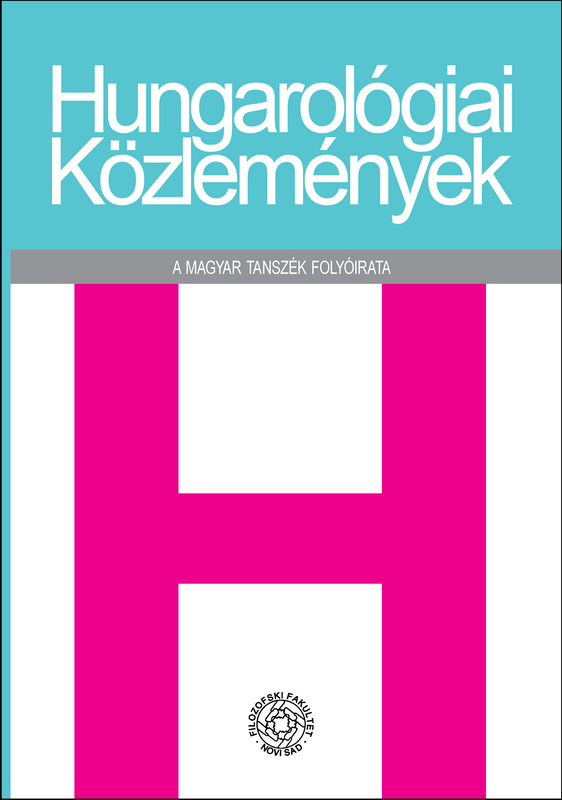Nyelvjárási jelenségek a mai Bácskai élőnyelvben
Dialect Phenomena in Contemporary Spoken Hungarian in Bačka
Author(s): Eleonóra Kovács RáczSubject(s): Finno-Ugrian studies
Published by: Филозофски факултет, Универзитет у Новом Саду
Keywords: Vojvodinian dialect of Hungarian; additive approach to native language education; dialectal phenomena at the level of phonology; morphology and syntax
Summary/Abstract: Contemporary Hungarian spoken in Bačka is dialect based since the spoken variety of the language is mostly restricted to informal, family communication situations. In formal circumstances the speakers are expected to use the language of the majority, i.e. Serbian. This state of affairs results in pupils being exposed to colloquial and literary Hungarian almost exclusively at school. Additionally, there is an ever decreasing number of professions and positions which require mastery of the colloquial and literary varieties of Hungarian. The study focuses on the changes contemporary Hungarian spoken in Bácska has undergone, and gives an account of dialectal phenomena occurring primarily at the level of phonology, but also in morphology and syntax. The findings of the study should contribute to the development of an additive approach to native language education in schools in Vojvodina with Hungarian as the language of instruction.
Journal: Hungarológiai Közlemények
- Issue Year: 17/2016
- Issue No: 4
- Page Range: 51-72
- Page Count: 22
- Language: Hungarian

